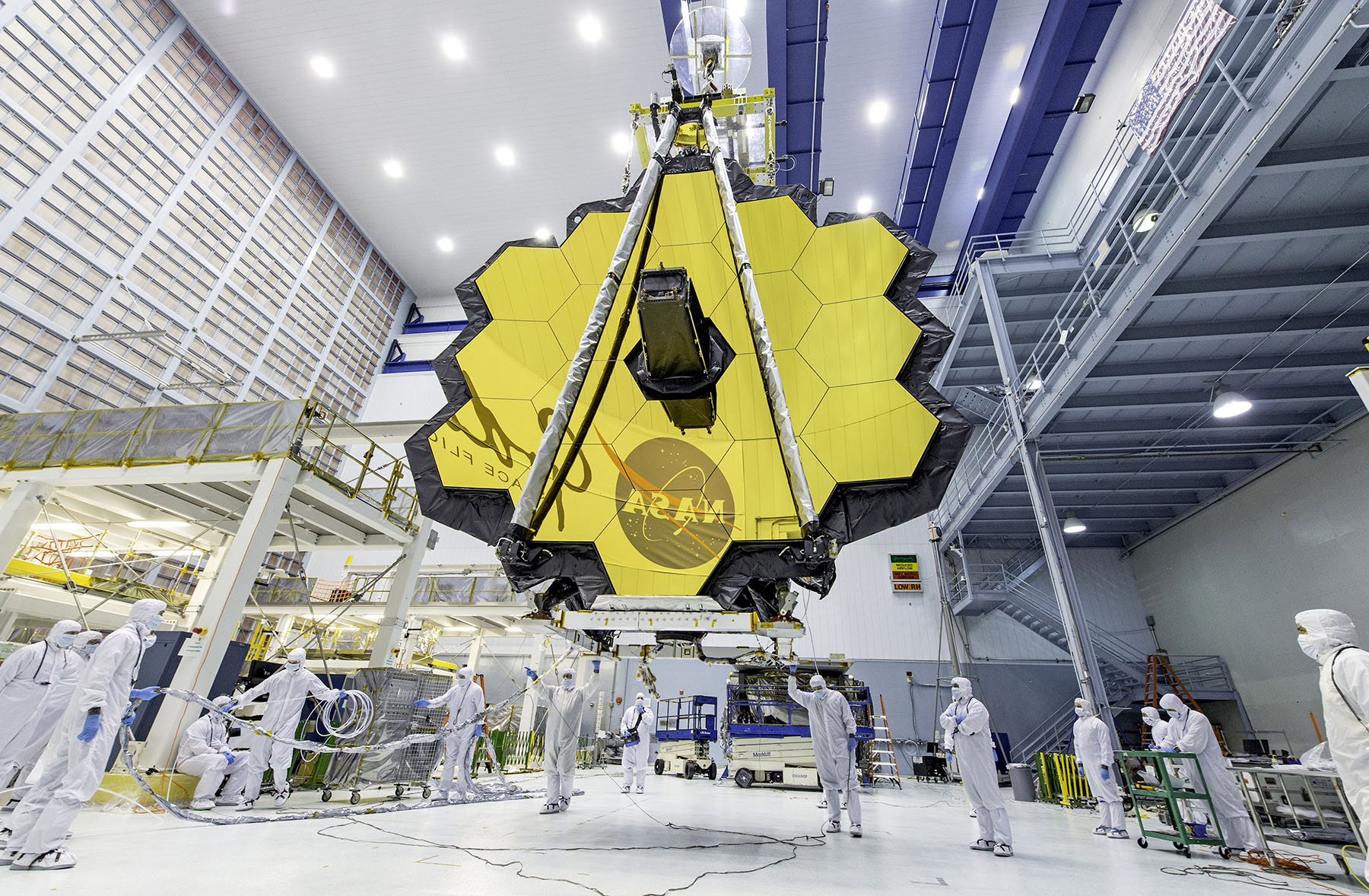The University of Leicester has been involved with the James Webb Space Telescope since the early days of the project, providing the Mechanical Engineering Lead for the Mid-Infrared Instrument (MIRI). In collaboration with the Danish National Space Centre, Leicester was responsible for design and provision of the MIRI Primary Structure and provided support for MIRI test and calibration activities.
The University of Leicester has been part of the XMM-Newton project since the start. From design, cutting metal, building electronics and detectors, optics and ground testing and then two decades of ground-breaking astrophysics research using data from the Leicester-built instruments, the University has played an integral part in this hugely successful ESA mission. Working with partner institutions in the UK, Germany, Italy and France, Leicester supplied a set of three X-ray CCD cameras, together comprising the European Photon Imaging Camera (EPIC). Two of the cameras are MOS (Metal Oxide Semi-conductor) CCD arrays which were mostly built in Leicester.
Initially designed to detect and follow-up Gamma-Ray Bursts, the Neil Gehrels Swift Observatory is a rapid-response mission well-placed to observe most transient sources throughout the Universe. The University of Leicester provided the key system designs for the spacecraft’s X-ray Telescope and built the low-temperature CCD focal plane camera and the Telescope Alignment Monitor. The University hosts the UK Swift Science Data Centre, leads the X-ray calibration work, offers unique high-level XRT products and continues to provide operation support for the mission.
The Space based multi-band astronomical Variable Objects Monitor (SVOM) is a 2023 France-China mission. SVOM will discover – and follow up – astronomical transients such as gamma-ray bursts. It will provide rapid, autonomous response and will enhance the all-sky coverage of transients, a science area currently led by the Swift mission. The University of Leicester provided the micro-pore optics assembly for the Microchannel X-ray Telescope (MXT). As co-Investigators on SVOM, the University has full access to the data which will be used to extend our wide-ranging studies in the areas of time-domain and multi-messenger astrophysics.
The Einstein Probe is a soft X-ray all-sky monitor mission developed by the Chinese Academy of Sciences. A test satellite, EP-Pathfinder, was launched in August 2022. Via ESA funding, a team from the University of Leicester has been calibrating and characterising the Chinese-built X-ray optics and detectors. Traditional X-ray telescopes have fields of view around the size of the full Moon, half a degree in diameter. Each EP module has a field of view of nearly 350 square degrees, and the full mission will carry 12 of them.



